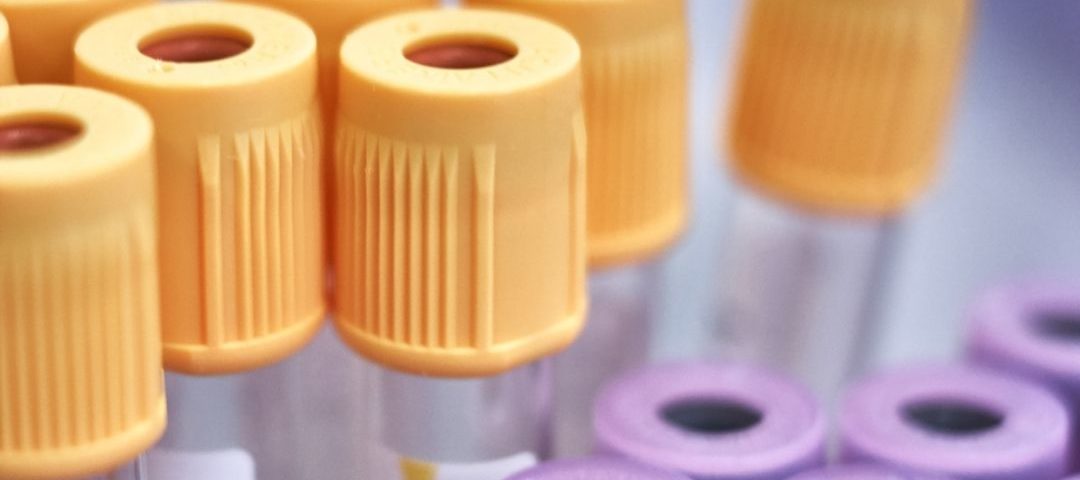There is a lot of confusion about the role of blood tests in understanding your menopause transition
Most women don’t need blood tests to know they have reached menopause. With the right background information about your symptoms and in particular your period, blood tests measuring your hormones can confirm that you are indeed in menopause or post menopause but are not necessary.
When you are 12 months after your last period and are over 45 years of age, you have technically hit menopause and your blood tests will show low levels of oestrogen and high levels of a hormone released by the brain’s pituitary gland called “follicle stimulating hormone” or FSH. The reason this happens is that with the ovaries producing less oestrogen this gland kicks into gear and tries to stimulate them.
If you are under 45 and especially under 40, you should have blood tests to confirm that you you are indeed menopause and that your absent periods are not due to something else. You generally need your tests done on 2 occasions 6 weeks apart to confirm the results as hormone levels fluctuate a lot.
Perimenopause it is a completely different picture. Perimenopause is associated with fluctuating hormones which change on a day to day basis, so measuring them can be difficult and unhelpful. Again your age and symptoms and in particular what is happening to your period, can be enough information to know whether you are in perimenopause or not.
Making sense of results
Understanding the blood test results is complicated. Oestrogen, progesterone and FSH all fluctuate greatly according to the week of the normal menstrual cycle and when your periods have become further apart, this is even more difficult to interpret.
Blood test results usually give reference ranges for the typical stages of the menstrual cycle (eg follicular or luteal) and an additional reference range for post-menopausal women. The reference ranges themselves are very large and it is not necessarily concerning if you sit slightly outside them. Different laboratories use different assays to measure the hormone levels and consequently may have different reference ranges. You cannot compare your blood tests using one assay with blood test results using a different assay. Check the reference range or always have your blood test done at the same laboratory. This also means you cannot compare your blood tests to someone else’s is done at a different laboratory or to results you might see on the internet
The reference ranges also use different units for different hormones. Some hormones are measured in international units per litre or per millilitre, some in millimolar equivalents per litre, some in nanograms per decilitre or millilitre and some as picograms per millilitre! This gives the first impression that the hormones are somewhat equal in their concentration until you realise a picogram is one thousandth of nanogram! You actually have much more testosterone and progesterone then you have oestrogen.
Blood tests for menopause
The most common test used to diagnose menopause is FSH. Before menopause FSH is typically in the range of 4 to 20 international units but after menopause the level can rise from 25 to 135 international units. This can remain elevated for years and will finally settle down. This hormone may also be implicated in some of the local brain effects causing symptoms such as hot flushes. In combination with elevated FSH, we expect to see low oestrogen and progesterone in the results.
Another test we can explore to help with the diagnosis or timing of expected menopause is “antimullerian hormone” (AMH). This hormone is produced in the ovarian follicle that matures the eggs. When we have less follicles and eggs, we have less AMH and so it can be used as a marker for approaching menopause. It peaks around the age of 25 and falls steadily until menopause and is commonly used in the investigations of infertility.
Testosterone
Whilst oestrogen and progesterone are the common sex hormones that change quickly during the menopause transition, you can also measure testosterone, our other sex hormone. Females have about 1/10th of the testosterone that males do but much more than we have of oestrogen. It is a very important hormone in terms of building muscle mass, healthy bones, managing libido and metabolism. (It is the hormone responsible for the signs of polycystic ovary syndrome or PCOS.)
75% of our testosterone comes from our adrenal glands, with the remaining 25% coming directly from the ovaries. It gradually tapers throughout life starting in our 30’s.
When we measure testosterone we have a baseline level but also an index, or indication of what testosterone is circulating free in the blood . It is the free testosterone that is available for use by our cells. Much of our testosterone is bound to a protein made in the liver called “sex hormone binding globulin” or SHBG. The more SHBG we have, the less circulating testosterone we have to act on our cells. The common cause of elevated SHBG is high oestrogen levels, pregnancy, taking oral oestrogen in HRT or the oral combined contraceptive pill. The main cause of low SHBG ( which contributes to PCOS by allowing more testosterone to be free), is elevated insulin levels which can be seen in type 2 diabetes or insulin resistance. Doctors will ask you to check your levels if considering or monitoring testosterone therapy.
If your cycle is regular it is wise to take any hormonal blood test on the morning of the same day of your cycle commonly day five, day one being the first day of bleeding. This does not need to be a fasting blood test.
Hormones can also be measured in your saliva and your urine and some health practitioners prefer these methods. You may also have heard of the DUTCH test – dried urine test for comprehensive hormones. This test measures a battery of different hormones but is quite expensive at over $500 a test.
Useful blood tests for midlife women
There are other blood tests your doctor may wish you to have around the time of your menopause transition.
Checking thyroid function by measuring “thyroid stimulating hormone” or TSH, which is also secreted by the pituitary gland, can screen whether your thyroid is working adequately. If there is any suspicion or TSH is outside the normal reference range, we can measure the specific hormones that the thyroid itself secretes, free T3 and free T4. Poor thyroid function can cause a variety of symptoms similar to menopause, including irregular bleeding.
Your healthcare provider may also want to know your ferritin which is a measure of your overall iron stores and your haemoglobin to see whether you are anaemic. This is particularly so if you have heavy bleeding which is common in perimenopause and may contribute to fatigue.
Vitamin D can be measured to ensure your bone support is on track. Measuring blood calcium is usually not very beneficial as most of it is sequestered away in bone and inside cells.
Midlife is also a good time to check in on your cardiovascular and metabolic risk factors. Common tests include fasting blood lipids, fasting blood glucose, HB A1C (a measure of your overall glucose levels in the past three months), fasting insulin and perhaps even your insulin response to a glucose load, known as a glucose tolerance test.
Blood tests can only support your health and wellbeing when used in combination with a thorough medical assessment.






